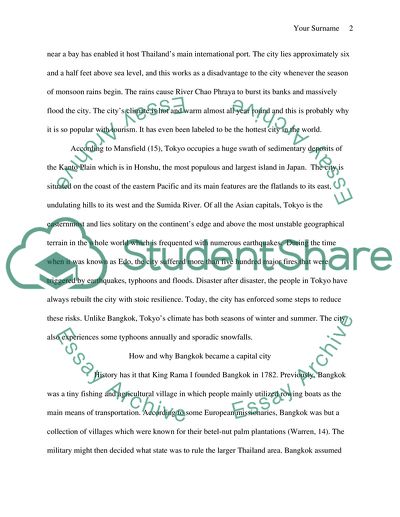Cite this document
(“Tokyo vs Bangkok Essay Example | Topics and Well Written Essays - 1500 words”, n.d.)
Retrieved from https://studentshare.org/other/1564063-tokyo-vs-bangkok
Retrieved from https://studentshare.org/other/1564063-tokyo-vs-bangkok
(Tokyo Vs Bangkok Essay Example | Topics and Well Written Essays - 1500 Words)
https://studentshare.org/other/1564063-tokyo-vs-bangkok.
https://studentshare.org/other/1564063-tokyo-vs-bangkok.
“Tokyo Vs Bangkok Essay Example | Topics and Well Written Essays - 1500 Words”, n.d. https://studentshare.org/other/1564063-tokyo-vs-bangkok.


